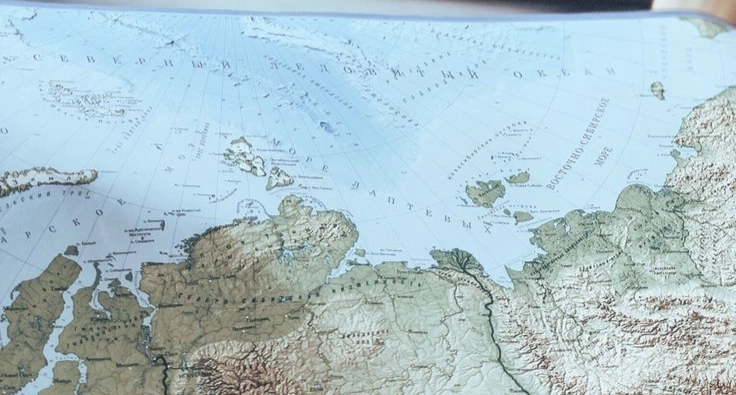How Do You Handle “Dead Zones”? Staying Smart When Your Phone Has No Signal Abroad
It always seems to happen when you least expect it. You're traveling, exploring a new city, maybe on the way to a hike, a beach, or just wandering through narrow old streets — and suddenly, your phone loses all connection. No data. No signal. No maps. Just you, your backpack, and the overwhelming realization: you have no idea where you are.
So, what do you do when you're stuck in a dead zone?
The truth is, even the most developed countries have them — areas where mobile coverage is poor, nonexistent, or where roaming just won’t connect. It can happen in mountain regions, underground trains, small villages, dense cities with old infrastructure, or even in places with strict internet restrictions. Here’s how smart travelers prepare — and what you can do to stay calm and connected when the connection disappears.
1. Download offline maps — before you flyApps like Google Maps, Maps.me or organic city guides let you download entire city or country maps in advance. Not only do they work without a signal, but they can also provide walking directions, bookmarks, and offline search. Pro tip: save locations like your hotel, embassy, and airport ahead of time.
2. Translate without internetGoogle Translate allows offline language packs. If you're heading to a country where you don’t speak the language, download the local pack in advance. It works even in airplane mode and can help you order food, ask directions, or read signs.
3. Keep screenshots of key infoSave hotel booking confirmations, entry instructions, airport transfer details, and emergency numbers as screenshots — not just emails. If you can’t load your inbox, you’ll still have access to the basics.

4. Have a local phrase or address readyWrite down (or save offline) your hotel name and address in the local language. If you get lost, you can show it to a taxi driver or passerby without relying on translation apps.
5. Don’t rely on just one appSometimes a specific app (like Uber, Bolt, or Grab) won’t work in a country — or won’t load without mobile data. Know what’s commonly used in the country you're visiting, and install it ahead of time. This is especially helpful in places where ride-hailing or food delivery apps differ from what you’re used to.
6. Carry a portable chargerBeing prepared only works if your phone is alive. Dead battery + dead zone = real trouble. A compact power bank can save you in more ways than one.

7. Learn the signs of a dead zoneIf you see your connection bouncing between “No Service,” “SOS,” or “E,” you’re in a signal drop area. Move closer to a road, higher ground, or into an open area. Sometimes just a few steps make a difference.
In conclusion:Dead zones happen — even to experienced travelers. But being offline doesn’t have to mean being lost. With a little preparation, the sudden lack of signal becomes just another adventure — not a crisis. Travel smarter, plan offline, and always have a backup. Your future self will thank you.
Close